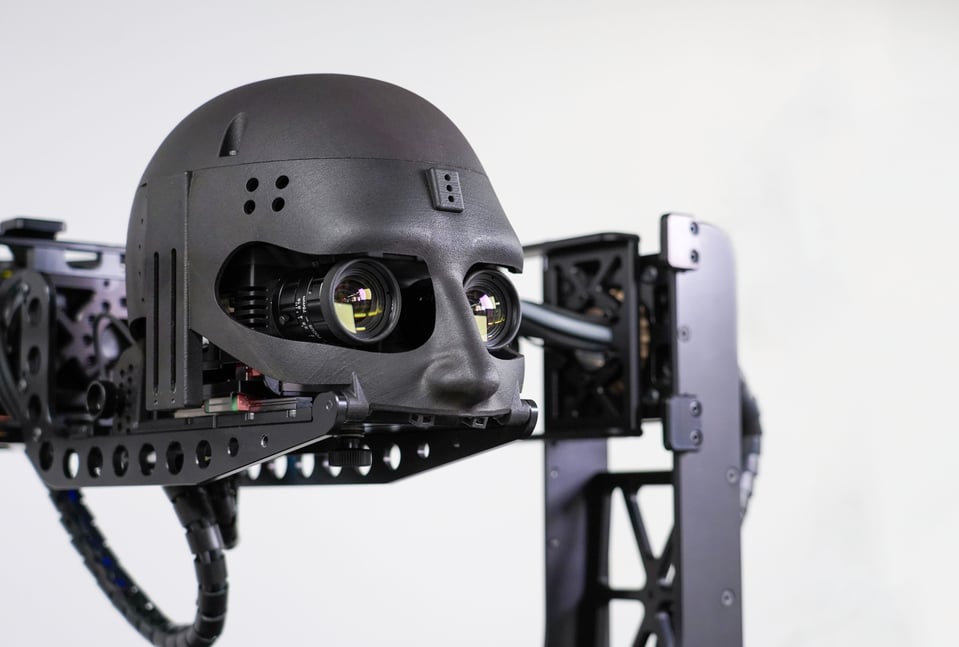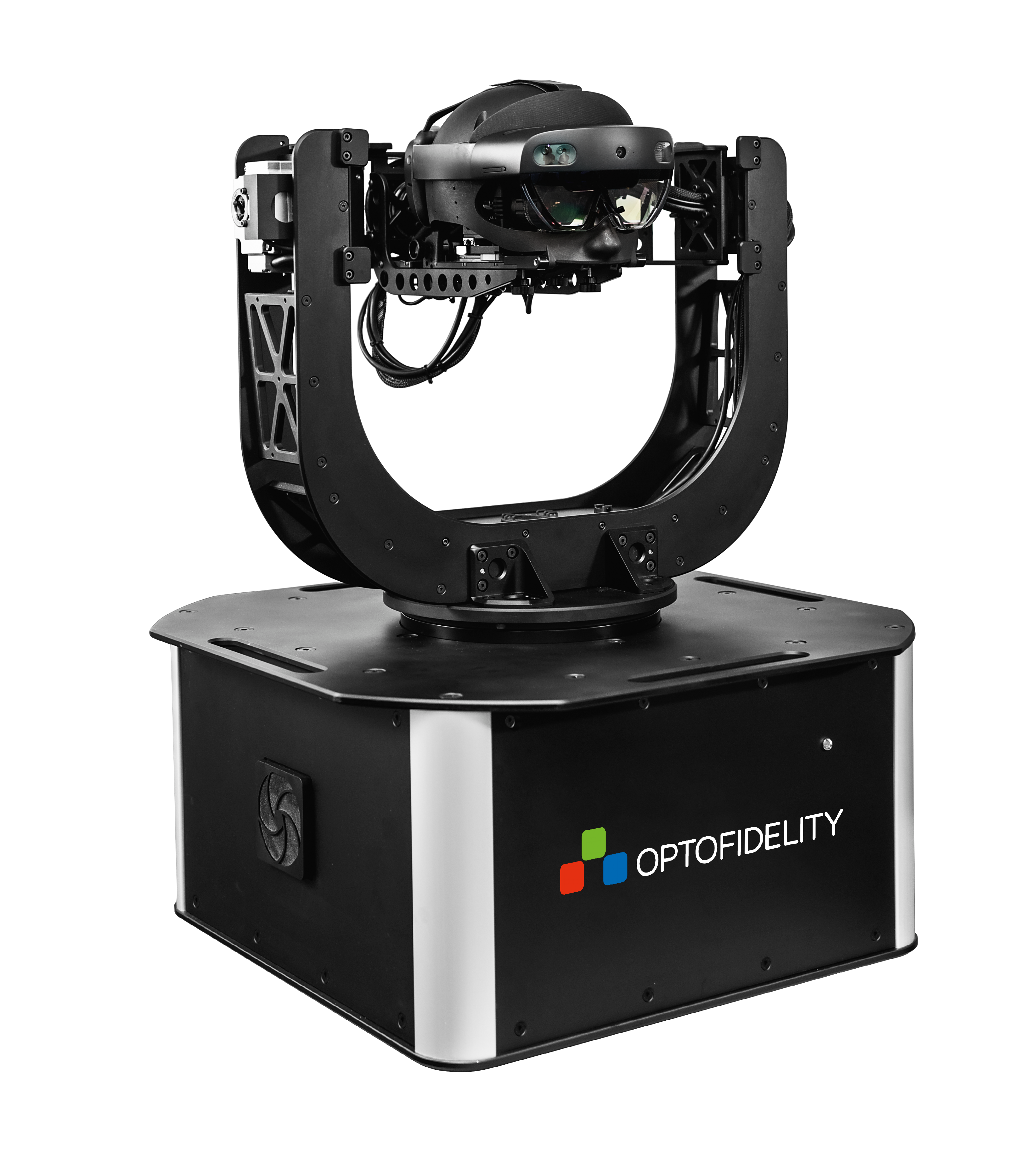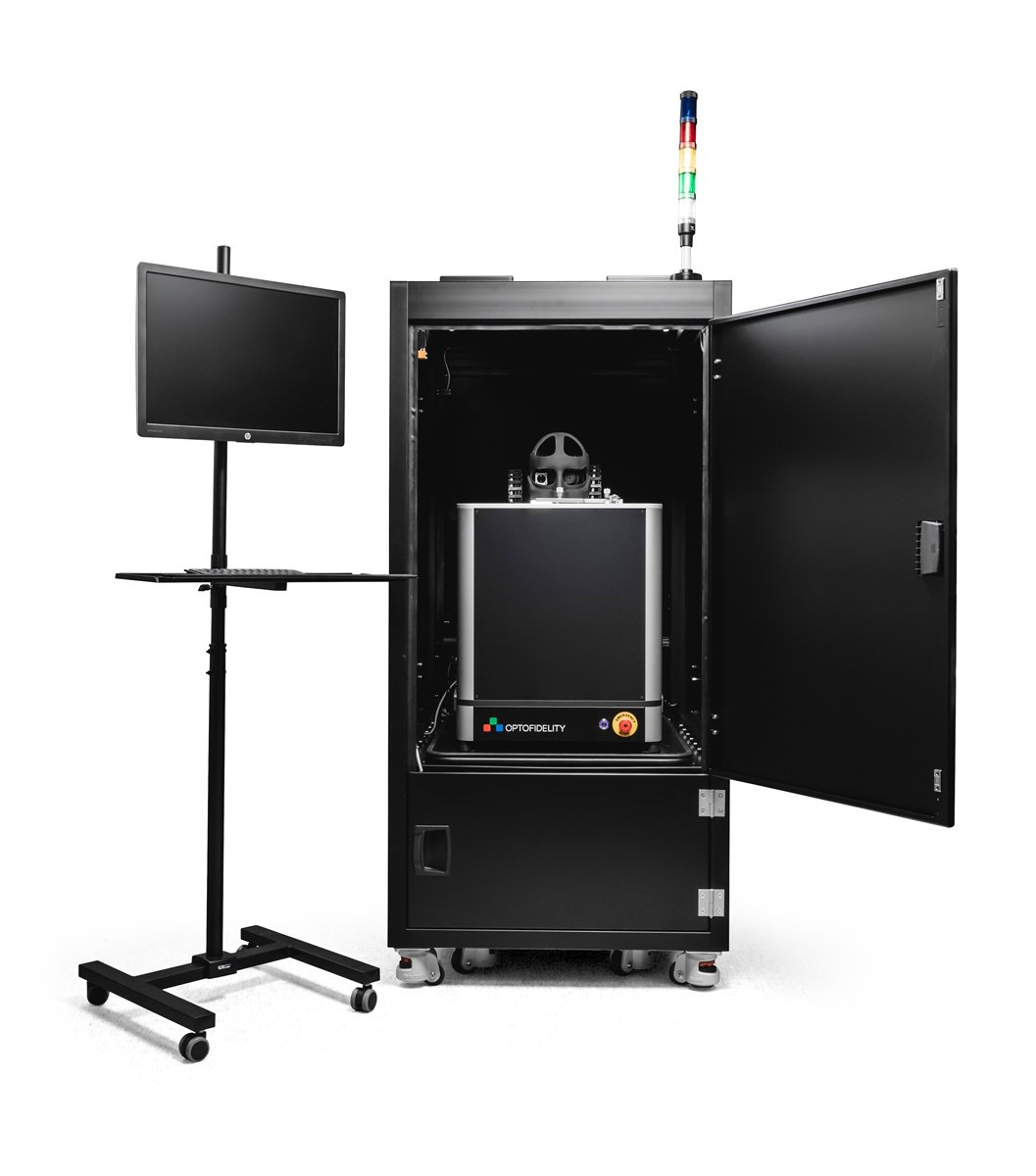
Blogs
Performance Measurement Approaches Applied to AR/VR Devices
Before high-scale production, developers of augmented reality (AR) and virtual reality (VR) devices need to address any performance gaps. Comprehensive testing is the solution to close the disparity in performance. There are several components used in AR/VR systems that require performance measurements, such as sensors, cameras, processors, GPS, displays, and a microphone. Performance is vital, but turn-key solutions for automated testing are limited.
Optimizing the end user's experience for a positive response is a top priority for all large tech developers, and leads to driving sales and ROI. Features that highly impact the consumer’s purchasing decision include:
- Aesthetics
- Ergonomics
- Compact size/weight
- Image quality
Testing solutions are creating the standards for each component. Image quality is one of the most critical aspects of the system, requiring expertise in optical metrology to measure specific elements. Enhancing image quality will generate the use of AR/VR devices in a wider range of applications and ultimately help to access the metaverse with a satisfactory user experience.
What are some common measurement approaches to test the image quality in AR/VR devices?
Temporal Measurements
Measuring temporal quality directly impacts the creation of the metaverse. Essentially this approach is measuring how well the imagery is anchored to the real world in augmented reality devices. Primarily temporal measurements are tracking anything motion-related, such as latency and drifting. Motion to photon latency is the time between performing a motion and the display corresponding with that same motion. Standards differ for VR and AR; VR typically requires a latency below 20 milliseconds while AR requires this time below 5 milliseconds.
Temporal measurements are crucial to the viability of the product when it goes to market. If these measurements are not tested for, the device can cause motion sickness and nausea. Unfortunately, M2P latency can be hard to test for. To be successful, it requires the seamless integration of motion and photon measurements. Therefore, industrial automation used for testing AR/VR devices is integral to ensuring high performance. The margin for error is significantly lower, and the movements required to generate testing results can be repeatedly accomplished. OptoFidelity’s BUDDY specifically measures the temporal performance of HMDs. BUDDY has superior synchronization technology that captures consistent measurements in any display system.
Learn more about BUDDY and how this automated testing system can add value to any stage of your production process.
Spatial Measurements
Spatial measurements are used for approaching the quality of the image, which includes focal length and field of view (FOV). The FOV is the angle that the user can view when using the AR/VR device. This measurement is specific to the sensors used in the device because they are sensitive to the reception of electromagnetic radiation. FOV is also dependent on the focal length of the lens. A shorter lens allows for a wider FOV, while a longer focal length will offer a smaller FOV. Although the image quality is not impacted by focal length, the sensor is ultimately what determines the caliber of the projected image.
One main issue that needs to be addressed when developing AR/VR devices is the interpupillary distance, which differs between each end-user. An optical solution is creating a large eyebox, but can also pose issues with ensuring equal image quality in all settings. This complex problem requires a comprehensive testing solution to ensure extremely accurate positioning as well as high-absolute accuracy motion. The motion of an industrial robot is consequential in mimicking the range of human motion, which is why OptoFidelity’s robotic testing solutions provide six degrees of freedom. Automated testing solutions for AR/VR devices require the highest level of precision to execute the positioning required for eyebox measurements. Our HMD IQ mimics the human eye to capture spatial measurements that are crucial to the performance of AR/VR devices. OptoFidelity's HMD IQ is easily customizable to be suitable for any project.
Need a reliable product for spatial measurements? Discover several key capabilities of HMD IQ.
Why is it important to have an automated, comprehensive, turn-key testing solution?
Components can be tested individually, but to achieve the best result for the end-user, it’s essential to test the performance of the full system before high-scale production. Automation used in the testing process can significantly improve the margin of error. The precision required in several temporal and spatial measurements is hard to obtain without high repeatability, reliability, and accuracy of positioning, motion, and imaging. Automation can ensure these requirements are achieved.
The collection of signals synchronized with the movement of the system is a large feat that OptoFidelity has mastered with our testing solutions. Testing automation such as OptoFidelity’s HMD IQ, BUDDY, and FLOW work in synergy to deliver an advanced testing process to generate and mass-produce high-performing AR/VR devices.
Products
 |
 |
| Figure 1. OptoFidelity BUDDY for temporal measurements. |
Figure 2. OptoFidelity HMD IQ for spatial measurements.
|
We work together with our clients to develop, measure, and deliver the best performing metaverse products to the end-consumer.
Written by



